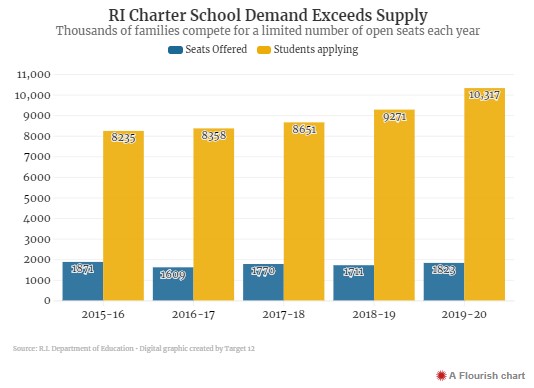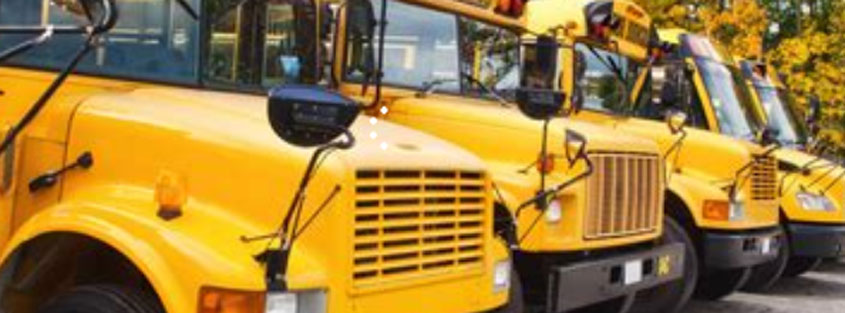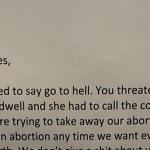The Magnitude of Charter Demand
In the past couple decades — especially the first decade of this century — Rhode Island’s public school districts have lost grades’ worth of students. In Newport, it is as if an entire high school were standing empty; Providence has fared better, losing between one and two grades’ worth of students. Yet, budgets have continued to climb.
Rhode Islanders should think of all of those empty classrooms when they hear somebody make the point that Democrat state Senator Ryan Pearson articulates here:
The reasons why costs are projected to soar are nuanced, but Pearson points to Cumberland where education expenses grow each time a student moves from a traditional school to a mayoral academy.
The per pupil price tag stays the same, he said, but because overhead costs at the traditional school – such as teachers and classroom expenses – don’t simultaneously disappear, the net cost to the town grows overall.
Yes, costs don’t necessarily disappear on a per pupil basis, but when 7-28% of students are no longer enrolled, surely there are savings to be found.
The more salient point from the Eli Sherman article linked above, however, is stated by a charter school advocate:
“If we’re talking about saving a district to enable them to operate in perpetuity – even if means generations of education are sacrificed in the process – we have our priorities wrong,” said Mary Sylvia Harrison, a longtime educator who most recently served as vice president for programs at the Nellie Mae Foundation.
Consider this chart from Sherman:

Over the time span in the chart, demand for charter schools has grown 25%, but the number of available seats has gone down. For the 2019-2020 school year, 8,494 students would like to attend a charter school but can’t. If they were all in Providence, that would be more than four whole grades. That’s a bigger number than all of Cumberland and Lincoln school districts combined. It’s almost a full grade’s worth of students across the entire state.
Numbers of that magnitude don’t indicate a small leak of students that doesn’t allow districts to reduce their costs. They indicate a mandate for a systemic change to the way we do education in Rhode Island.




